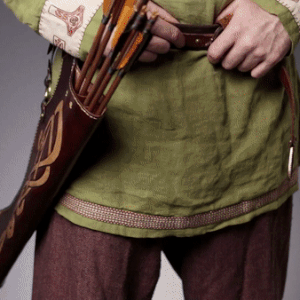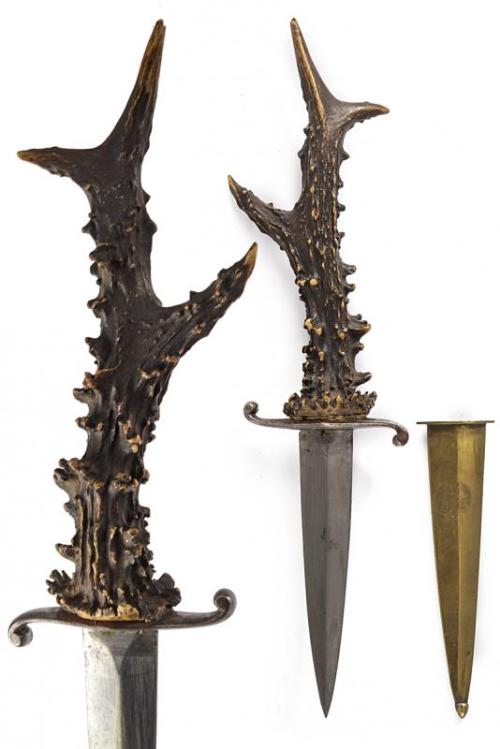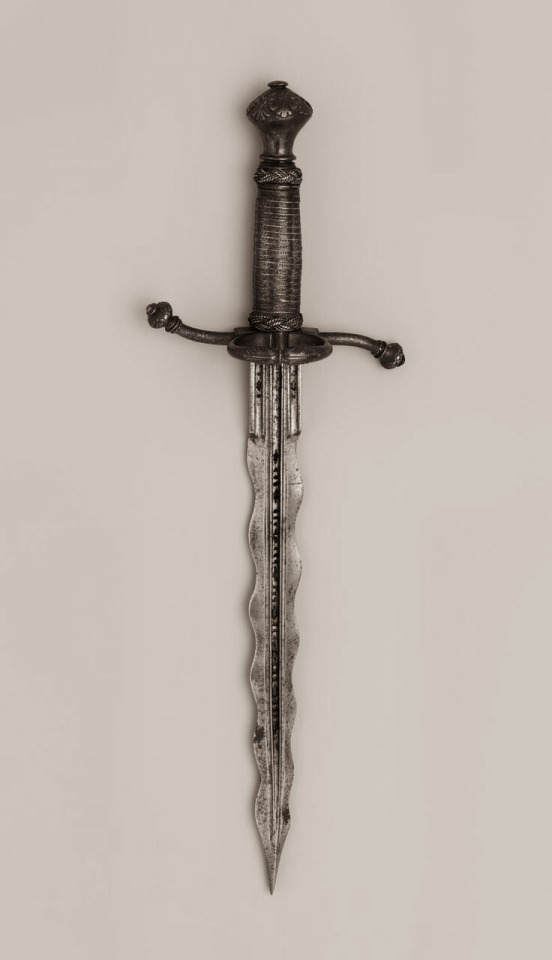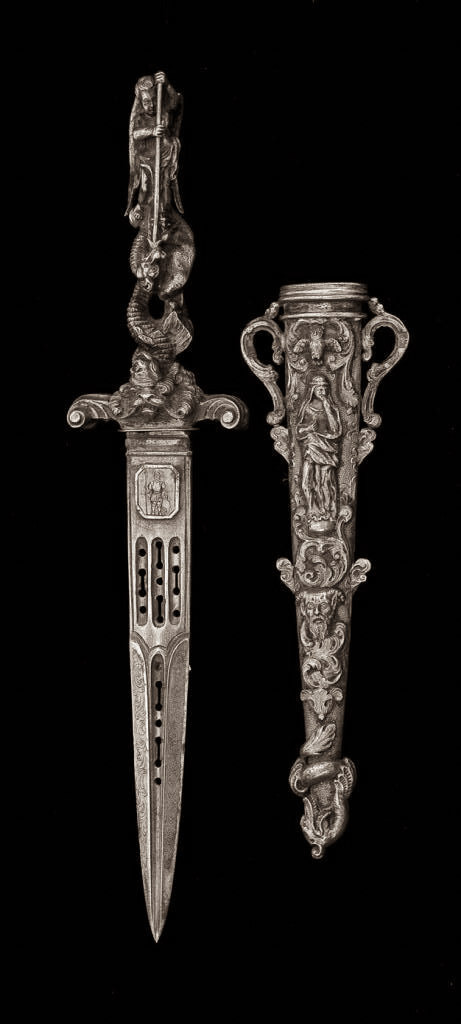Weaponry - Blog Posts

Optimus Prime (LUNA-II Original Concept)
Had a friend show up to swordfighting last week and when I went up to face her and some of her allies she pointed her spear at me. I had never seen this spear and it had a pink end with... Kirby's face on it? So I double blink and go "Kirby?" and then she stabs me
The whole greatsword scabbard discourse gets me because, like, we know the answer to this one. We've got primary sources talking about it. The answer to "how do you carry a weapon that's more than a yard or so long" is:
If you don't think you'll need it on short notice and you're lucky enough to have access to a wagon or other means of transport, you don't carry it at all – you stick it in the wagon.
If you do think you'll need it on short notice or you don't have a wagon, you just carry it in your hands everywhere you go and constantly complain about how dumb and awkward that is, unless you're a professional mercenary and/or independently wealthy, in which case you hire a guy to follow you around carrying it in his hands everywhere you go and he complains about how dumb and awkward that is (though probably not while you're listening).
Bit of OC lore dump :3

Jr and Monii units...

Sword, Southern Germany, 1st half of the 16th century
from The Museum of Art and History Geneva
Warrior Women!
NO. 1
Many women were able to fight in battles, defend their kingdoms, and take up leadership roles, titled ‘warrior women,’ throughout the centuries. Their stories are inspiring and motivational for women everywhere to continue to be independent, strong, and courageous. The Dahomey Amazons were a real-life all-female warrior militia that existed from the 17th century to the 19th in the kingdom of Dahomey, today Benin of West Africa. They resulted from the male population facing high casualties from war and frequent violence from neighboring West African states, and the king at the time, King Houegbadja, implemented them. They called themselves the Mino, meaning ‘Our Mothers,’ in the Fon language, and were recruited as young as eight. Some voluntarily enrolled, while others involuntarily by their fathers or fathers. The Dahomey women warriors earned their reputation as fierce warriors, often earning the praise of enemies that they defeated in battle.

NO. 2
For the Greeks, they had the Amazonians; several tales from Greek mythology have been written about them. They were raised to fight from birth, where they would defeat and kidnap male warriors and keep them as enslaved peoples, mated with them, and kept their daughters raised as Amazons while having their sons be returned to their fathers. In one tale, the fight against the mythical Heracles, where one of his labors was to obtain the girdle from queen Hippolyte, the queen of the Amazons. They weren’t just mythical though; they were just real as well. Many burial sites revealed that ‘‘In the grasslands of inner Asia, from the Black Sea to western China, Scythian women had the same skills as their men: wielding bows, riding and herding animals, fighting – and dying from their injuries. Their remains have been found in tomb mounds from Crimea to western China.’’

NO. 3
The Valkyries were the Norse equivalent of female warriors, who, in mythology, guide the souls of the noblest of the dead to Valhall. Many famous poems and Eddas are centered around these famous warriors of Odin, king of the gods. Still, we’re not talking about mythology but actual female Viking warriors. In 2019, archaeologists uncovered the remains of a decorated female warrior from the 10th century, proving women held high-status positions in Viking culture. ‘‘Several weapons were buried alongside the body, including a sword, armor-piercing arrows, a battle knife, an axe, a spear, and two shields, indicating that the skeleton was likely that of a warrior. Accompanying the wide array of weapons were two horses, a full set of game pieces, and a gaming board. The gaming pieces suggest that the person buried was a high-ranking combatant who was knowledgeable of strategies and tactics.’’
































